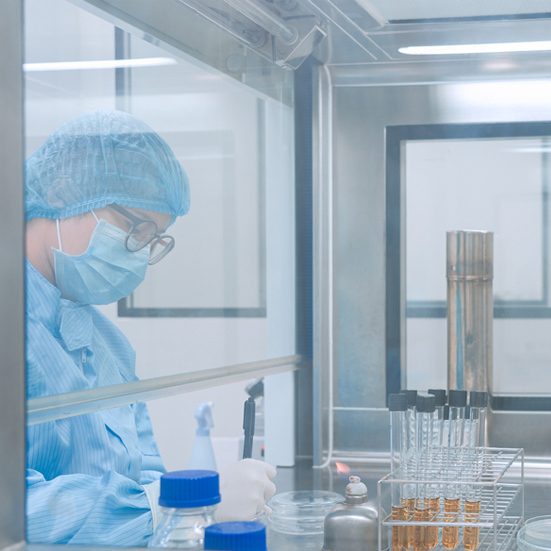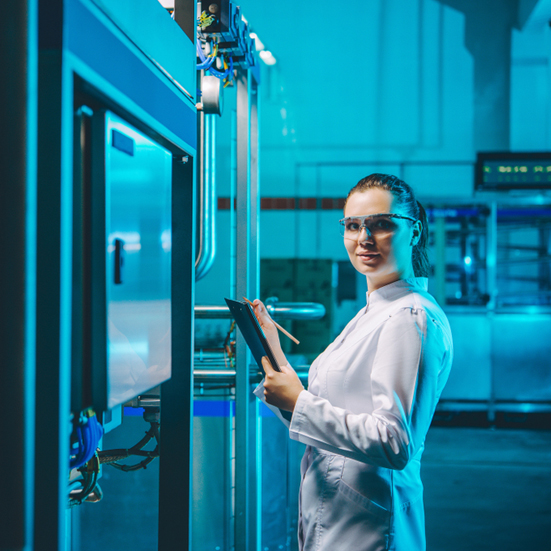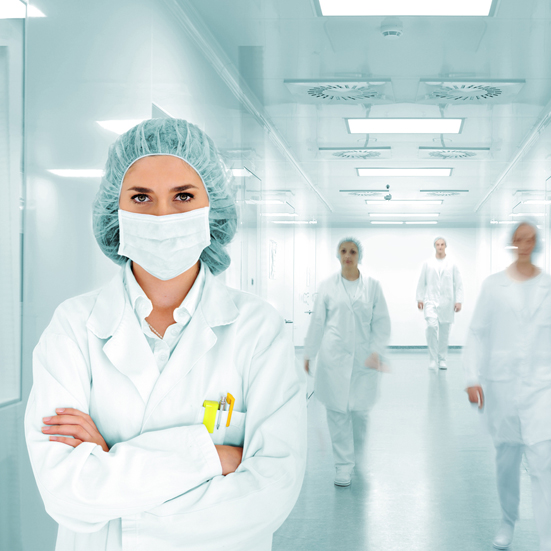Importance of Clean room Solutions for Pharmaceutical Manufacturing
When it comes to pharmaceutical manufacturing, ensuring the highest level of cleanliness and sterility is absolutely crucial. That's where clean room solutions come into play. These specialized environments are designed to maintain an ultra-clean atmosphere, free from contaminants that could compromise product quality or patient safety. In this blog post, we'll explore the importance of clean room solutions in pharmaceutical manufacturing and show you just how these innovative technologies can help keep your products pure, potent, and safe for patients around the world.
What is a clean room?
A clean room is a specialized facility that's designed to maintain an ultra-clean environment. These sterile environments are used in various industries, including pharmaceutical manufacturing, where maintaining cleanliness and sterility is crucial.
Clean rooms typically feature controlled ventilation systems, air filtration units, and other advanced technologies that help reduce the presence of airborne particles and contaminants. This creates a highly controlled environment that minimizes the risk of contamination during product development or manufacturing.
In addition to controlling airborne particles, clean rooms also control temperature, humidity levels and pressure inside the room to ensure optimal conditions for production processes.
Cleanroom clothing such as hoods or suits made from materials like polyester helps keep employees from shedding skin flakes which can act as contaminants in sensitive areas.
Clean rooms play a critical role in helping manufacturers produce high-quality products by providing an extremely clean environment free of contaminants for research or production purposes.
What is the purpose of a clean room in pharmaceutical manufacturing?
A clean room is an enclosed environment that has a controlled level of contamination. In pharmaceutical manufacturing, the purpose of a clean room is to create a sterile environment in which drugs can be manufactured safely and effectively.
The reason why it's important to have a sterile environment when manufacturing drugs is because even tiny particles or microorganisms can contaminate the product and potentially harm patients who rely on them. This makes maintaining sterility throughout the entire process paramount.
Clean rooms are designed to control the number of airborne particles and microorganisms through specialized ventilation systems, filtering technology, and rigorous cleaning protocols. The air inside these rooms is continuously monitored for contaminants.
In addition to preventing contamination from entering products during production, clean rooms also protect workers by limiting their exposure to hazardous materials used in drug manufacturing.
Having a clean room in pharmaceutical manufacturing ensures that drugs produced are safe for human consumption while protecting both patients and workers involved in the process.
How can clean room solutions help to achieve this purpose?
Clean room solutions are specifically designed to create a sterile environment, which is essential in pharmaceutical manufacturing. These solutions provide an effective way to achieve the purpose of maintaining a controlled and hygienic space where drugs can be manufactured safely.
One way clean room solutions help is by controlling the level of contamination within the space. Clean rooms use high-efficiency particulate air (HEPA) filters that trap and remove particles from the air, ensuring that only pure air enters the space. This ensures that no contaminants get into the production process.
Another important benefit of using clean room solutions is reducing human error during manufacturing processes. The controlled environment minimizes distractions, reduces exposure to outside elements and prevents cross-contamination between batches or products.
Cleanroom technology also provides advanced monitoring systems for temperature, humidity and pressure control – all necessary factors for pharmaceutical production. Any deviations in these parameters could affect product quality or consistency; therefore it's important to maintain optimal conditions at all times.
In summary, clean room solutions play a crucial role in achieving safe and efficient drug manufacturing practices by providing a controlled environment free from external pollutants or contamination risks while simultaneously reducing errors due to human intervention.
What are some of the benefits of using clean room solutions in pharmaceutical manufacturing?
Clean room solutions play a vital role in pharmaceutical manufacturing due to their numerous benefits. Firstly, they offer the highest level of cleanliness and sterility by minimizing air contamination through the use of specialized ventilation systems that filter out particles as small as 0.3 microns. This ensures that no microorganisms or airborne contaminants can interfere with the production process.
Secondly, clean rooms also minimize human interference since personnel must wear protective clothing and adhere to strict protocols when entering these environments. This reduces the risk of product contamination from external sources.
Thirdly, using clean room solutions helps manufacturers comply with regulatory requirements such as Good Manufacturing Practices (GMP) which ensure quality control and safety standards are met during production.
Utilizing clean room solutions can increase efficiency by reducing downtime for cleaning and maintenance while improving overall productivity.
Investing in clean room solutions is an essential aspect of pharmaceutical manufacturing as it not only ensures product quality but also regulatory compliance whilst increasing productivity levels for efficient operations.
Are there any drawbacks to using clean room solutions in this industry?
While there are numerous benefits to using clean room solutions in pharmaceutical manufacturing, like creating a sterile environment that prevents contamination and maintains product consistency, there are also some drawbacks.
One of the main concerns is the cost of constructing and maintaining a clean room facility. It requires significant investment in specialized equipment, materials and personnel training. The air filtration system alone can be costly to install and maintain.
Another challenge with using clean rooms is that they require strict protocols for entry and exit. Anyone entering must wear special clothing or gear to prevent any foreign particles from contaminating the area. This can slow down production processes and create logistical challenges for staff members who need access.
Additionally, some drugs may not require such stringent controls as those provided by a clean room environment, which means that resources might be wasted on unnecessary measures.
While there are clear advantages to utilizing clean room solutions within pharmaceutical manufacturing organizations need weigh their costs against their benefits before implementing them fully into their operations.
Conclusion
Clean room solutions have become an essential aspect of pharmaceutical manufacturing. The sterile environments provided by these facilities help to minimize the risk of contamination and ensure that the products manufactured meet the required standards.
The use of clean rooms is not limited to pharmaceutical manufacturing but extends to other industries such as electronics, aerospace, and biotechnology. As technology advances, we can expect more innovation in this area leading to even better solutions for creating aseptic environments.
While there may be some drawbacks associated with using clean rooms such as high costs and strict regulations, their benefits far outweigh any potential disadvantages. Ultimately they provide safer working conditions for employees while ensuring that patients receive safe and effective medication.
Therefore, it is imperative for all stakeholders in the pharma industry to recognize the importance of implementing clean room solutions in their operations if they are looking forward towards maintaining or improving product quality while keeping up with regulatory requirements.


